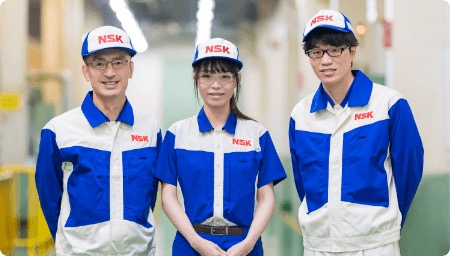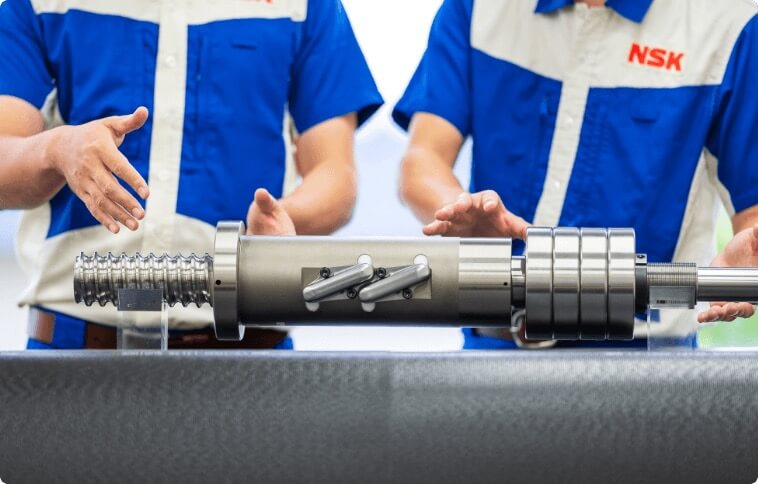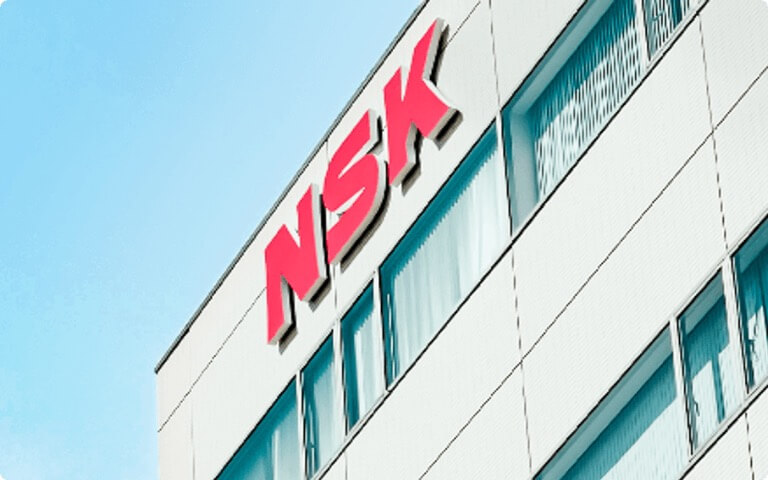Vol. 1
Open communication is the key to success
One-Way Clutch and Disconnect Team, Automotive Technology Development Center
Vol. 1
Open communication is the key to success
One-Way Clutch and Disconnect Team, Automotive Technology Development Center
Team Members
-
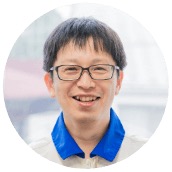 Group ManagerAkihiroMid-career hireAkihiro joined NSK in 2019 as a mid-career hire after working for a transmission manufacturer for 18 years, where he focused on durability testing of components and advanced development of transmission systems. NSK's wide range of technological capabilities and ability to develop a range of products sparked his interest and he decided to change jobs. After joining NSK, he was assigned to his current department as a lead engineer, where he works to develop actuators for EV transmission systems.
Group ManagerAkihiroMid-career hireAkihiro joined NSK in 2019 as a mid-career hire after working for a transmission manufacturer for 18 years, where he focused on durability testing of components and advanced development of transmission systems. NSK's wide range of technological capabilities and ability to develop a range of products sparked his interest and he decided to change jobs. After joining NSK, he was assigned to his current department as a lead engineer, where he works to develop actuators for EV transmission systems. -
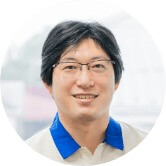 Design/ProgrammingRyuhoNew graduate hireRyuho joined NSK from a desire to put his university research to use in mechatronics and system proposals. His work involves designing concept models to be exhibited at motor shows and conducting exploratory research into new products. He has been in his current position since 2021. In his current team, he serves as group leader and is responsible for structural design, modeling, and drafting. His strengths include the ability to develop control and measurement programs, and configure wiring for test equipment.Comments from team managerCommentRyuho has an all-round set of skills, so he is an asset to any team he is on. Not only is he calm and composed when dealing with new challenges, but he is able to talk to anyone without putting up walls. Thanks to the atmosphere that Ryuho creates, communication both within the team and with other departments is very smooth.
Design/ProgrammingRyuhoNew graduate hireRyuho joined NSK from a desire to put his university research to use in mechatronics and system proposals. His work involves designing concept models to be exhibited at motor shows and conducting exploratory research into new products. He has been in his current position since 2021. In his current team, he serves as group leader and is responsible for structural design, modeling, and drafting. His strengths include the ability to develop control and measurement programs, and configure wiring for test equipment.Comments from team managerCommentRyuho has an all-round set of skills, so he is an asset to any team he is on. Not only is he calm and composed when dealing with new challenges, but he is able to talk to anyone without putting up walls. Thanks to the atmosphere that Ryuho creates, communication both within the team and with other departments is very smooth. -
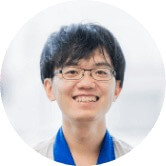 SimulationKenjiMid-career hireKenji joined NSK in 2019 as a mid-career hire, after previously working for a printer manufacturer, where he designed and developed thermal printers, before moving into marketing (market research and advanced development). After discovering a passion for advanced development, he joined NSK, hoping to transition to a company that focuses on this area. From the spring of 2021, as a member of his current team he has worked on fluid analysis technology inside gearboxes and component strength analysis.Comments from team managerCommentKenji approaches every aspect of his work in a thorough and earnest manner. He has studied fluid analysis diligently, working closely with software companies and other parties, and has delivered solid output, taking us from nothing to an almost finished product. It is fantastic that he has developed technologies that will put NSK in good stead for the future. I also appreciate his willingness to take on any task with a positive attitude, even when he is busy.
SimulationKenjiMid-career hireKenji joined NSK in 2019 as a mid-career hire, after previously working for a printer manufacturer, where he designed and developed thermal printers, before moving into marketing (market research and advanced development). After discovering a passion for advanced development, he joined NSK, hoping to transition to a company that focuses on this area. From the spring of 2021, as a member of his current team he has worked on fluid analysis technology inside gearboxes and component strength analysis.Comments from team managerCommentKenji approaches every aspect of his work in a thorough and earnest manner. He has studied fluid analysis diligently, working closely with software companies and other parties, and has delivered solid output, taking us from nothing to an almost finished product. It is fantastic that he has developed technologies that will put NSK in good stead for the future. I also appreciate his willingness to take on any task with a positive attitude, even when he is busy.

An open-minded approach to advanced development of new automotive products
As the name suggests, the Automotive New Product Development Department is
responsible for developing products never before created at NSK, either by
combining bearings - NSK's main product - with other products, or by creating
completely new products based on discussions with our customers and a firm
understanding of their future needs. The Automotive New Product Development
Office's role in this process is to confirm the feasibility and value of new
product proposals prior to their mass production and commercialization. To
achieve this, the group is required to handle a wide range of tasks spanning
design to experimentation.
In their quest to develop innovative new products, the team members are unconstrained by conventional approaches. By thinking outside the box, the team of Akihiro, Kenji, and Ryuho successfully developed a disconnect mechanism employing a one-way clutch.
In their quest to develop innovative new products, the team members are unconstrained by conventional approaches. By thinking outside the box, the team of Akihiro, Kenji, and Ryuho successfully developed a disconnect mechanism employing a one-way clutch.
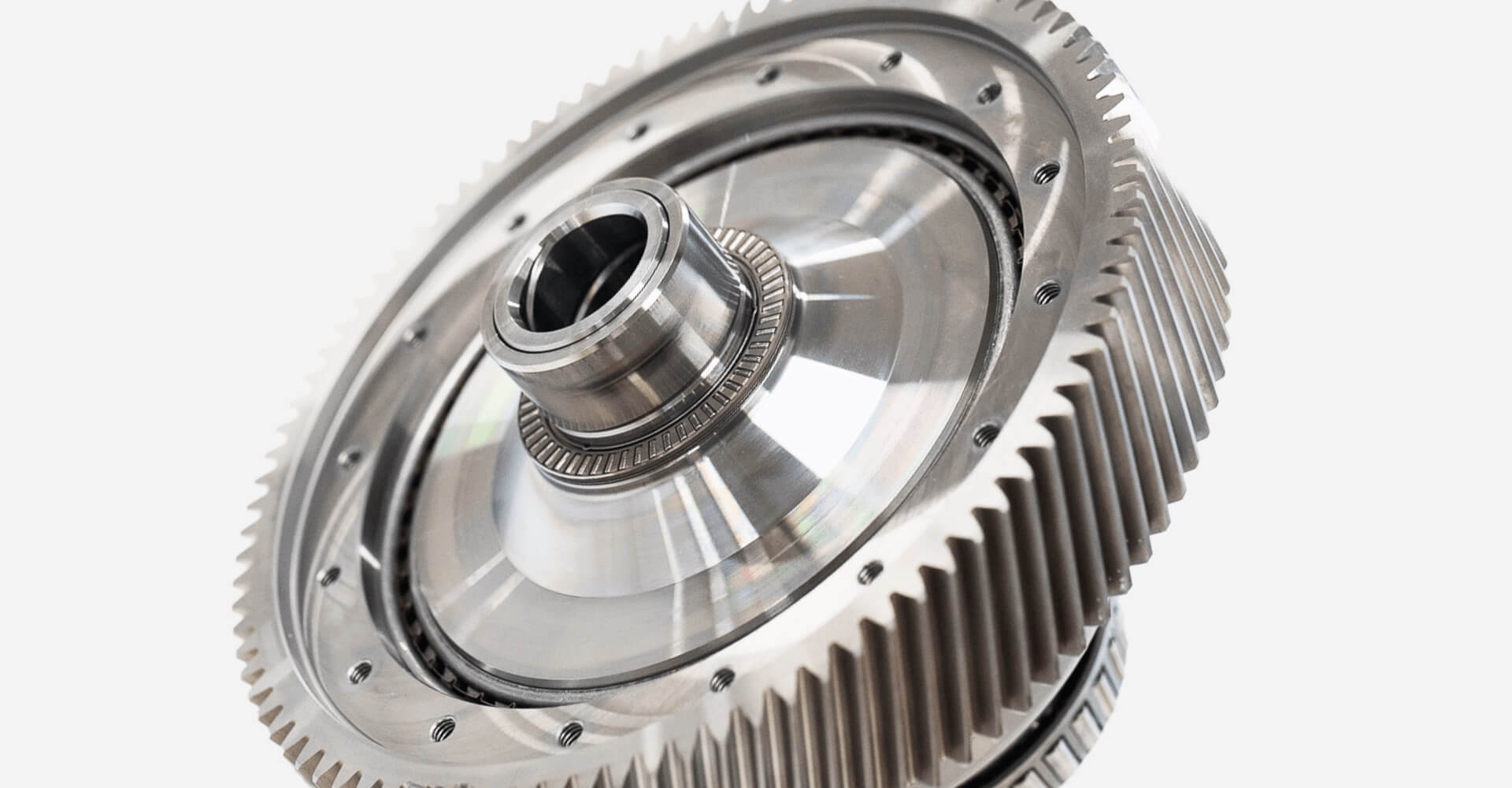
Disconnect mechanism with one-way clutch for EVs
EVs have continued to gain mainstream adoption around the world in recent years, and
the percentage of that 4WDs comprise of the total EV market is expected to increase
in coming years. In EVs, motors are typically mounted at the front and rear of the
vehicle, with only one usually in operation. The problem this creates is that the
motor on the end that is not in operation creates resistance as it is driven around
by the tires, causing energy loss while driving. In response, the team developed a
disconnect mechanism to improve the cruising range (by reducing loss) and lower the
cost of 4WD EVs. Generally, the clutch is combined with a motor to disconnect it,
but by incorporating a one-way clutch, the team succeeded in achieving the
disconnect using only a mechanical mechanism. This rapid development project was
completed in just six months after receiving the customer's request.

A flat communication structure and
information sharing was
the key to rapid development
What role did each of you play in this development?
 Akihiro
Akihiro
I was responsible for communicating with the customer and coordinating with
other departments when their help was necessary. I also clarified the scope
of the group's responsibilities and studied the general product concept and
overall image of the development process. Once this was in place, I asked
Ryuho and Kenji to help bring the product to life.
 Ryuho
Ryuho
My main responsibilities include structural design, modeling, and technical
drawings. I am also in charge of design and assembly of test equipment,
which means that I need consider the wiring and operating patterns of
complete equipment sets, such as measuring instruments, when configuring
test equipment.
 Kenji
Kenji
I'm responsible fluid analysis related to oil agitation in gears and
conducting strength analysis of components.
 Akihiro
Akihiro
Both Ryuho and Kenji have their own areas of expertise, so duties are
roughly divided into two areas: Ryuho is responsible design and drawings,
and Kenji for analytical and computational work. But of course, there are
some jobs that cannot be allocated like this. In these situations, the two
of them decide who will take charge by assessing each other's skillset and
situation and suggesting, "Could you handle this part?" "I'll take care of
this part," or "Let's work together on this part. This flexibility makes for
great collaboration, which I appreciate.
 Ryuho
Ryuho
Yes, it is somewhat of a natural split.
 Kenji
Kenji
Since there are only two of us, we know each other's workload and
circumstances, so whichever of us is able to handle the task steps up.
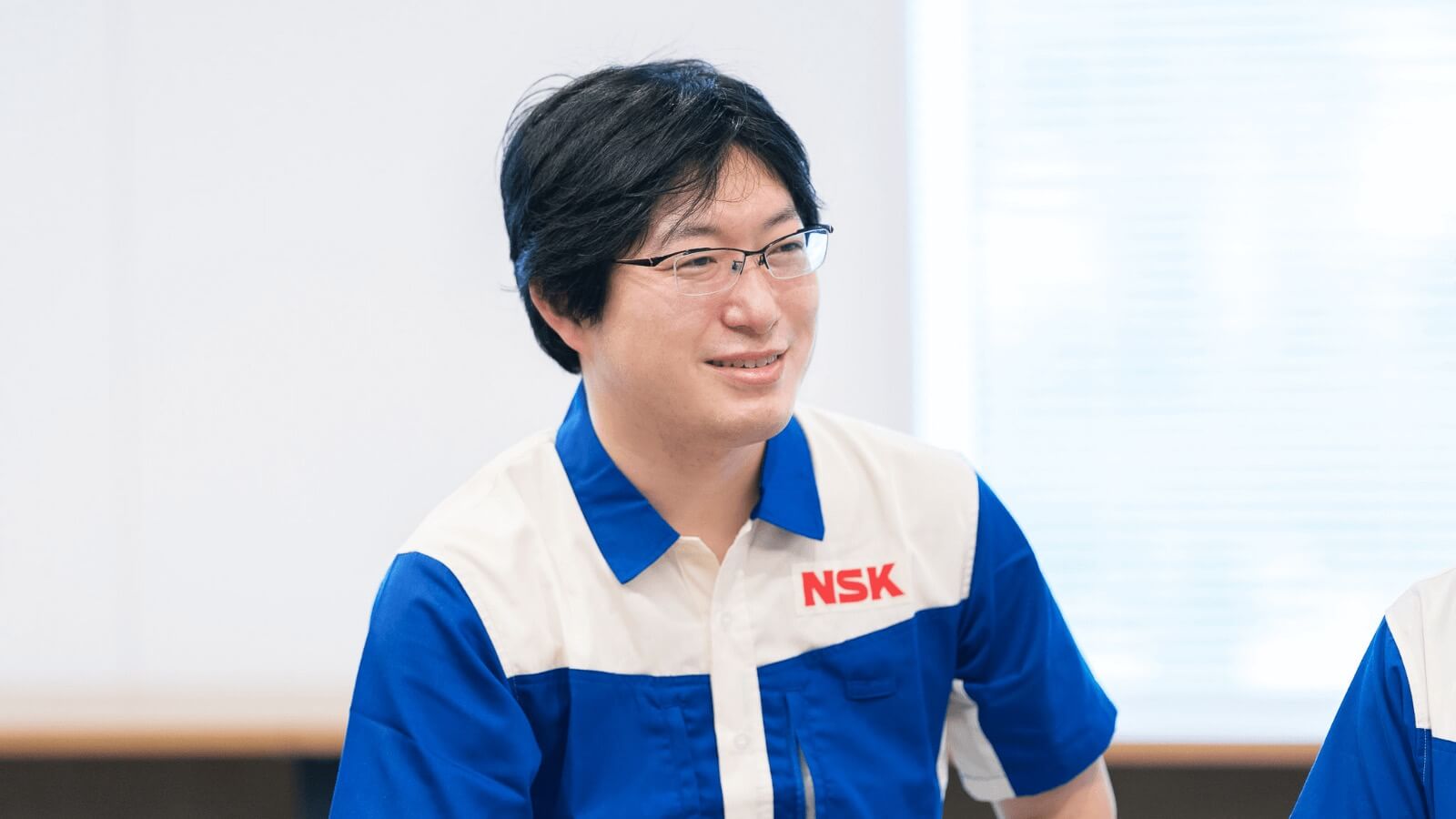
How did you overcome the obstacles you encountered during development?
 Akihiro
Akihiro
The time constraints were an even bigger hurdle than the technical barriers.
We had a very short time to develop and deliver the product, so we needed to
call on others across NSK for support. We worked with other departments,
group companies, and overseas branches to mobilize all available resources
for success. I was very grateful that the team demonstrated such a
willingness to work together as a unit to solve any problems that arose
during development.
 Ryuho
Ryuho
Since only Kenji and I were working on the operational side, whenever
something came up that we could not handle on our own, we consulted with
others around us, including engineers from other teams and people in other
departments, to help us overcome the challenge we were facing.
 Kenji
Kenji
I also consulted Akihiro a lot. The time barrier we faced has already been
mentioned, and at my previous job, I had to go through my manager when
communicating with outside parties, or summarize what I was going to say in
advance. But Akihiro gave me quite a lot of freedom to move forward at my
own discretion, so when I would tell him, "This is how I plan to proceed,"
he would say, "OK, let's go with that." I appreciated that he trusted me to
take the lead and move the project forward, even though we had a short
deadline to meet.
What do you like about this team?
 Ryuho
Ryuho
Although I have the role of group leader, we are able to work an equal
footing. I think this is partly due to the fact that we are able to see each
other's work, but I don't have to give Kenji detailed instructions. We are
able to understand each other's situation and follow up and support each
other while thinking two steps ahead. Actually, Kenji and Akihiro sit next
to each other as well, so it's great that we can share information on a
day-to-day basis without needing to set up a meeting to discuss (laughs).
 Kenji
Kenji
Although of my collegues are in leadership positions, I am able to talk to
them as equals. Some people may think that they need to put together a
presentation when explaining some thing to their manager, but I really
appreciate that I can immediately ask Akihiro and Ryuho for advice, by
showing them my test results in Excel and asking what they think.
By communicating in this way we can gain quick consensus on important issues, which makes our work more efficient by reducing the need for revisions later on.
By communicating in this way we can gain quick consensus on important issues, which makes our work more efficient by reducing the need for revisions later on.
 Akihiro
Akihiro
The two of them will come and chat to me on a casual basis, so I can get a
grasp on what they are doing and what progress they are making without
having to go and ask. I appreciate not having to manage at every step thanks
to their proactive communication.
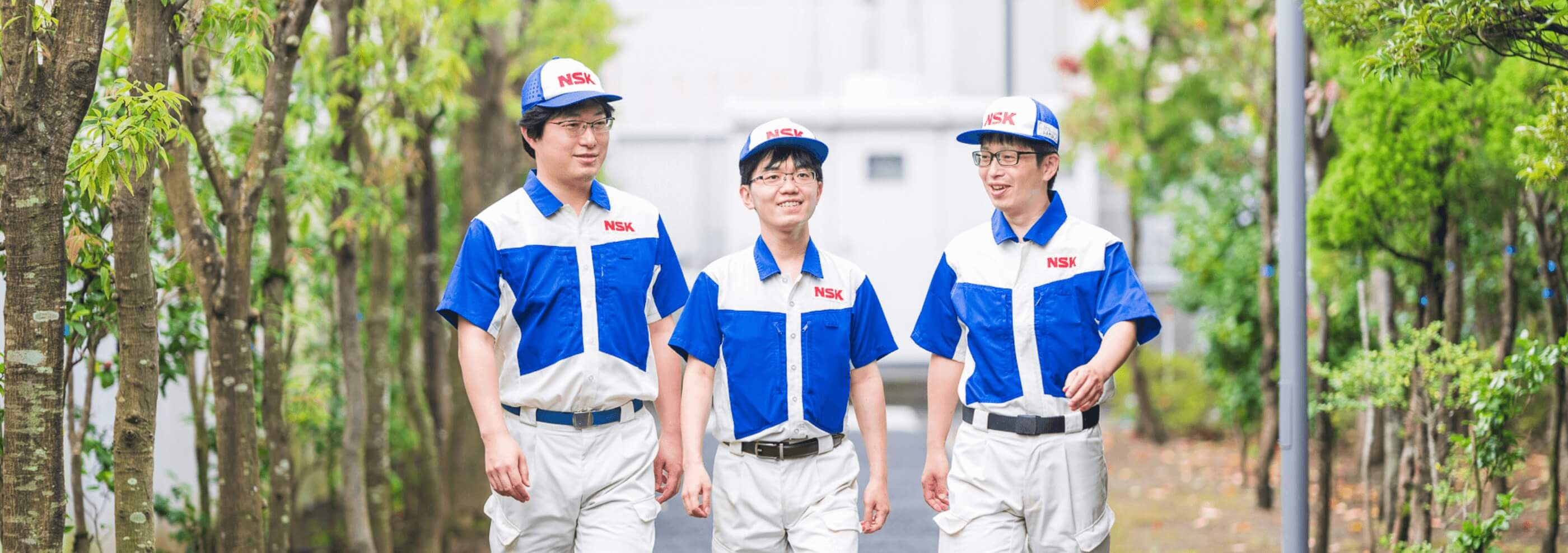
Please tell us how you support each other.
 Akihiro
Akihiro
Ryuho and Kenji are both very easy to approach. Sometimes we have to take on
tasks that fall outside the scope of development work, and I have to ask
them for their help. However, both are always willing to take on the
challenge and contribute their know-how to achieve the goal, which I really
appreciate. And since none puts up any barriers and we can joke around with
each other, communication comes naturally.
 Ryuho
Ryuho
Akihiro said that I don't put up any barriers, but perhaps I am a little too
casual, or can have trouble striking the right distance with people I meet
for the first time (laughs). I'm perhaps not the best at communicating with
people I don't know. But both Akihiro and Kenji back me up, and together we
enlist the support we need as a team.
 Kenji
Kenji
From a technology perspective, I am not yet familiar with the automotive
industry, so I appreciate that both Akihiro and Ryuho can teach me a lot
about this area. Ryuho in particular is an all-around wonder who can make
anything happen. Preparing equipment for experiments is no easy task, but he
takes care of this too, so his expertise really helps. Although due to time
constraints I have to leave this to him at the moment, since I have the
opportunity to work with Ryuho, I hope to absorb a lot of his knowledge in
future.
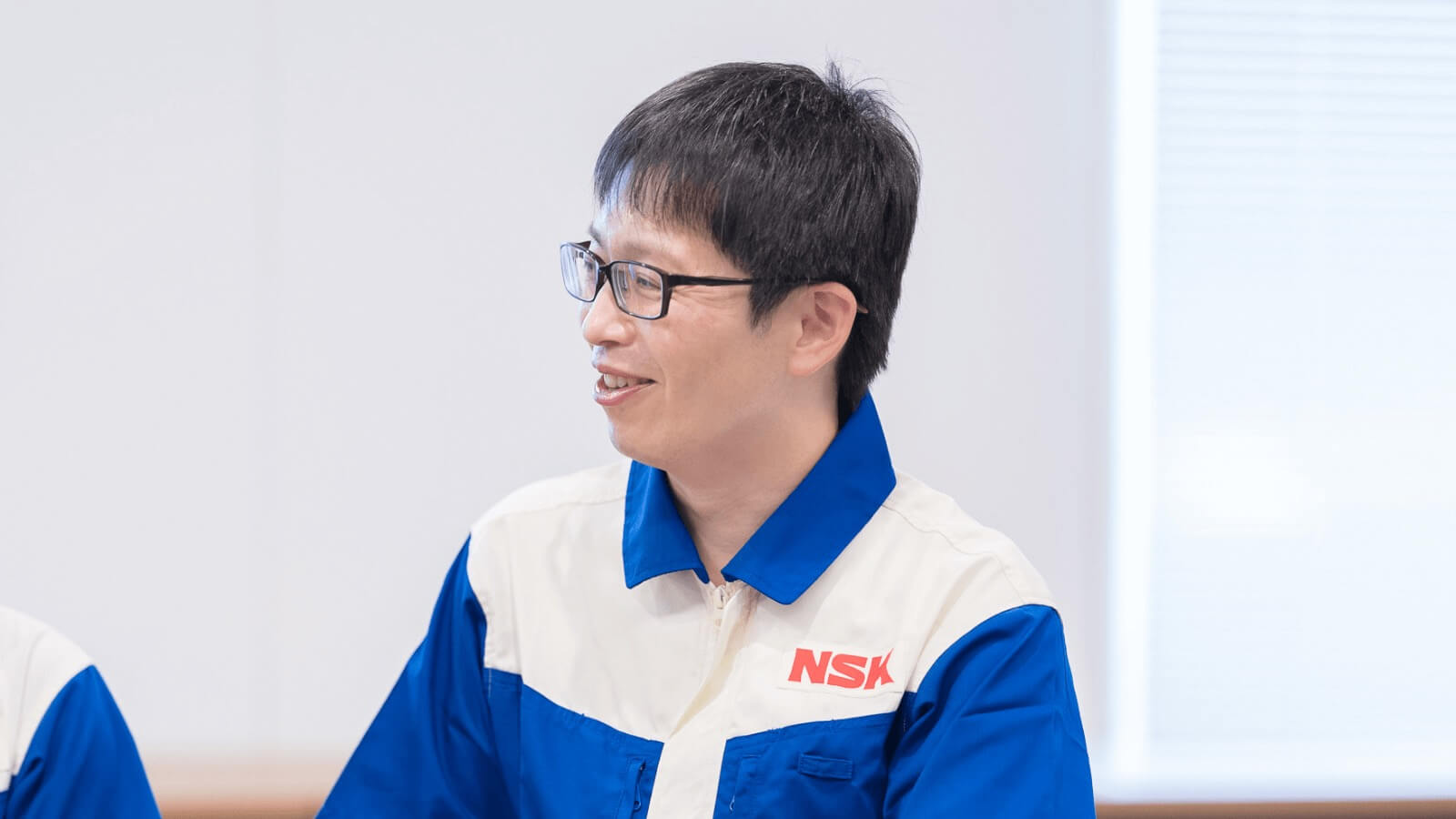

Akihiro and Kenji, you joined NSK mid-career - did you have any help from people who have been at NSK throughout their career, including Ryuho, to get used to the company?
 Akihiro
Akihiro
When joining a company as a mid-career hire, you come in without a
background in the company culture, so I was worried that I might not be able
to blend in and achieve results. However, Ryuho and the other members never
put up walls or made me feel like an outsider because I was new to the
company. So although I had no internal network at the time, they were very
supportive and reassuring, and I was soon one of the team.
 Kenji
Kenji
Although I was a little anxious as it was my first time changing jobs, they
really treated me as a member of the group from the outset, and I was given
responsibility for a new product right away. They subsequently entrusted me
with more and more work, so I built up great communication with them as part
of this process and didn't feel any barriers.
 Ryuho
Ryuho
The department I was assigned to after joining as a new graduate was
comprised almost solely of mid-career hires and temporary staff, so I have
never even thought about viewing someone through the lens of a "mid-career
hire". Besides, NSK has a long history, and our problem-solving methodology
is fairly well established. But when talking with mid-career hires about the
methods they used in their previous jobs, I always learn something new -
sometimes ways I would never have thought of, which really broadens my
perspective. In this sense, my colleages that have joined from other
companies are a great source of inspiration.
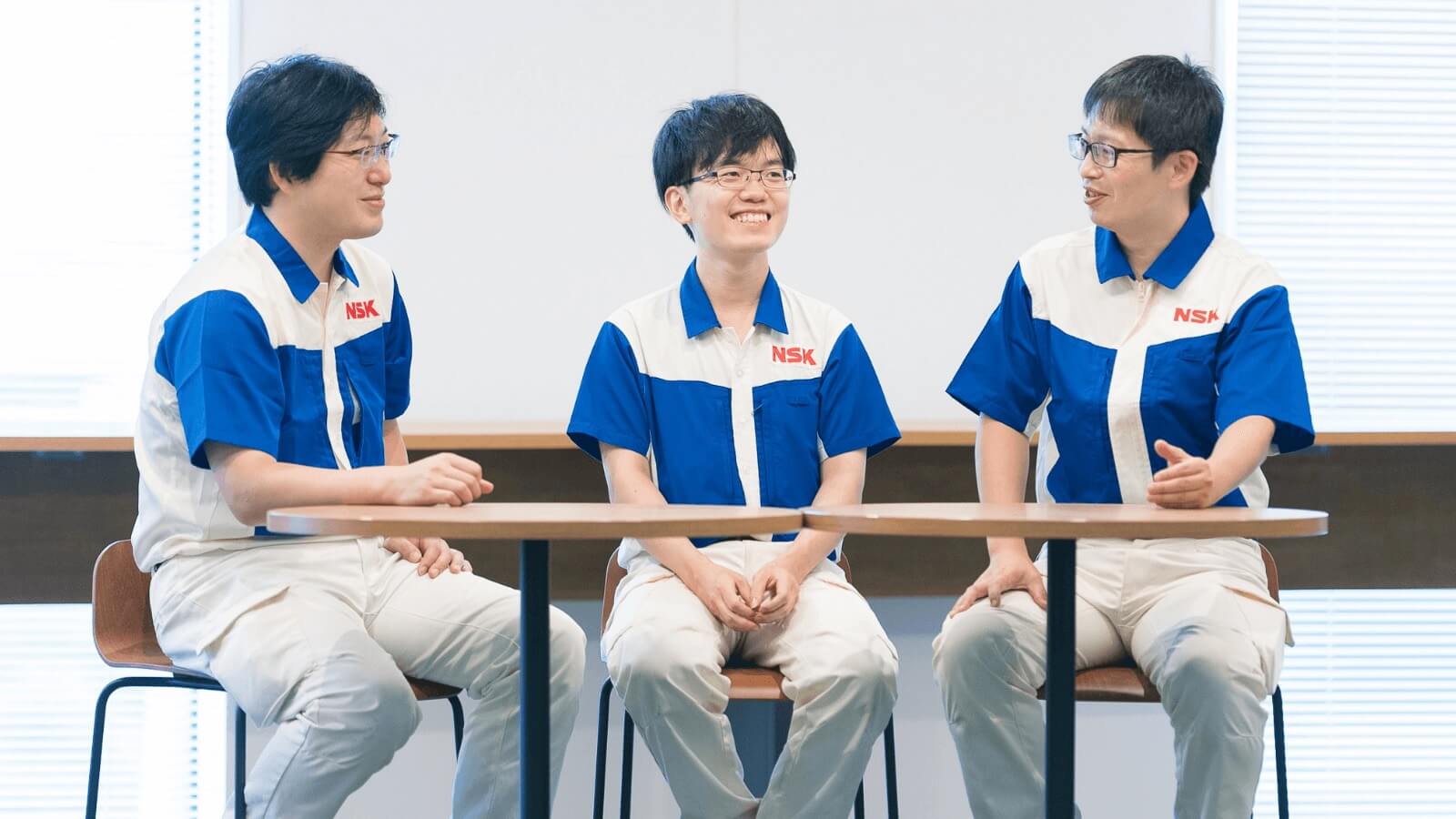

What were some of the positives for you personally from changing jobs?
 Akihiro
Akihiro
My experience at NSK has given me the confidence that I can do anything I
want if I put my mind to it. At first, it was hard to feel this way because
I did not understand how the company functioned. But as I became a group
manager and built up a network with people across various departments, I
gradually gained the ability to do things that could make a real
contribution to the company. For example, my suggestions for improvements
are given the green light as long as I give concrete reasons and
explanations. I felt like I have the power to make positive change if I step
up and take action, and this experience has been even more fulfilling than I
expected when moving to NSK.
 Kenji
Kenji
For me it would be the understanding of new technologies that I have gained.
The fluid analysis I am working on right now is a technology that takes
quite a long time to produce results. A company that does not understand
this, might criticize, asking, "Why is it taking so long?" It is not
possible for my research to produce results in a month, not matter how much
pressure is applied, so for research to be successful, I think it is
critical that the company and managers understand the circumstances involved
when tackling new technologies. In this regard, I feel that NSK is really
understanding.
